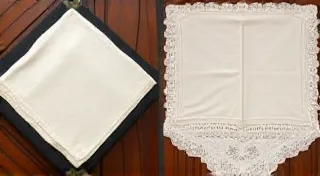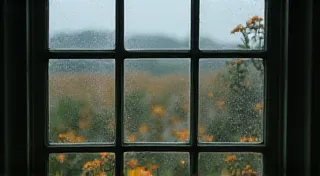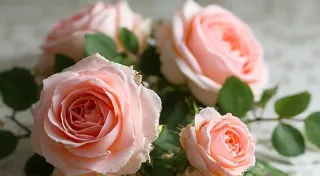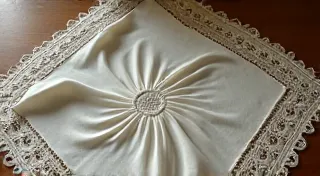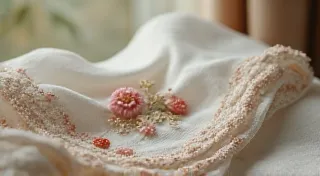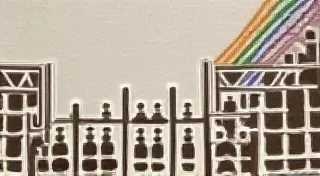Late 19th and Early 20th Century Handkerchief Trends
The late 1800s and early 1900s witnessed a fascinating evolution in handkerchief design and production. More than just practical items, handkerchiefs were status symbols, expressions of personal taste, and treasured heirlooms. Understanding these trends can significantly aid in identifying and appreciating antique handkerchiefs. For a broader understanding of the item's journey through time, exploring the history of handkerchiefs offers valuable context, tracing their development from simple utility to coveted collectibles.
Fabrics of the Era
The fabric used was a crucial indicator of a handkerchief’s quality and age. Early in the late 19th century, cotton was prevalent, but as technology advanced, finer and more luxurious fabrics became accessible to a wider range of consumers. The materials also tell a story of changing aesthetics and economic shifts.
- Cotton: Common through the 1880s and 1890s, cotton handkerchiefs were frequently embroidered with simple designs. Their durability made them suitable for everyday use. While cotton was the workhorse fabric, design elements evolved to include intricate patterns and detailing, reflecting broader artistic trends.
- Linen: Increasingly popular towards the end of the 19th century and into the early 20th, linen offered a superior feel and a more refined appearance. Fine Irish linen was particularly prized. Choosing the right fabric for antique handkerchiefs can be tricky, and understanding antique handkerchief fabrics: linen vs. cotton vs. silk can provide a great deal of clarity. The shift towards linen signaled a growing desire for finer textures and a more sophisticated look in everyday accessories.
- Silk: Silk handkerchiefs represented the height of luxury, often seen as gifts or used for special occasions. They were generally more delicate and required careful handling. The availability of cheap silk fabrics increased during this period, democratizing a previously exclusive luxury.
- Batiste: A loosely woven cotton fabric, batiste offered a soft, almost translucent quality, perfect for delicate embroidery. The delicate nature of batiste demanded skillful handling and intricate embroidery techniques.
The advent of mechanized weaving and dyeing processes led to a wider variety of colors and patterns, moving beyond the previously dominant whites and creams. The vibrancy of the colors also reflected the optimism and energy of the era.
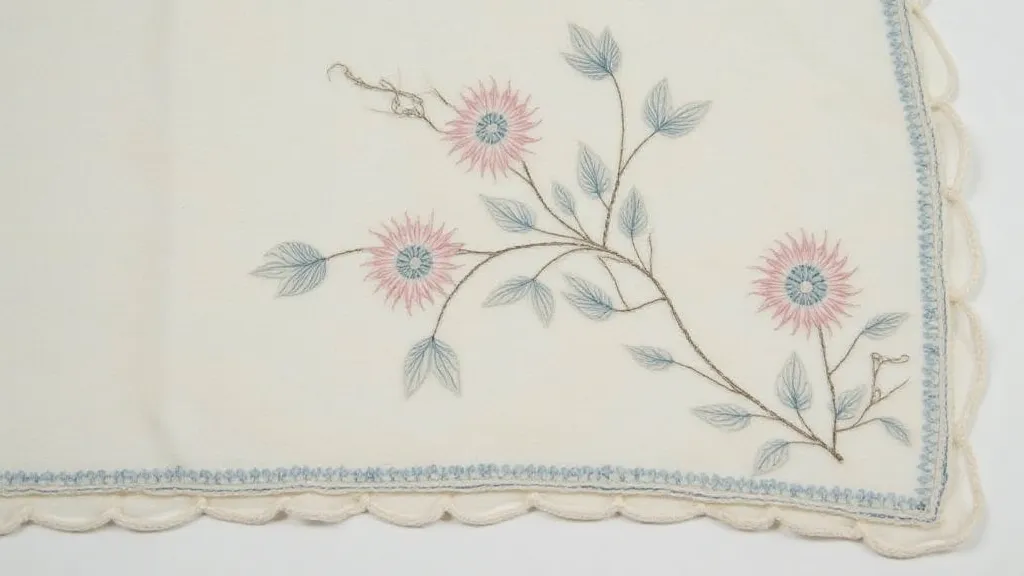
Embroidery Styles & Designs
Embroidery flourished during this period, moving from purely functional elements to intricate decorative features. The styles reflected popular aesthetics of the time. The rise of specialized embroidery techniques also spurred creativity and innovation.
- Early 1890s: Features detailed floral motifs - roses, violets, forget-me-nots were exceptionally common. Crewel work and Berlin wool embroidery were also popular. Monograms were frequently incorporated. This era embraced romanticism and sentimentalism, influencing the delicate floral designs seen in handkerchiefs.
- Late 20th Century - Edwardian Era: Designs became more stylized and delicate, often incorporating Art Nouveau influences. Spiders, moths, and other insects became popular motifs, representing good luck and fortune. Needlepoint and raised embroidery became fashionable. The Edwardian era saw a move away from the overt sentimentality of the previous decade, embracing a more refined and stylized aesthetic.
- World War I Era: Patriotic themes emerged, reflecting the mood of the time. Flags, military emblems, and heartfelt messages were often incorporated. The Great War profoundly impacted all facets of life, and handkerchiefs became a poignant medium for expressing solidarity and remembrance.
Color palettes shifted with the changing times. While muted pastels and creams dominated the earlier years, brighter colors like crimson, emerald green, and sapphire blue gradually gained prominence. The use of variegated threads also became more common, adding depth and visual interest to the designs. This shift reflected changing artistic trends and a desire for more vibrant and expressive designs.
Edge Finishes
The edge finishing of a handkerchief was also indicative of its era and status. The choice of edge finish was a subtle but important detail, contributing to the overall aesthetic and perceived value of the handkerchief.
- Cut and Hemmed: A simple, economical finish common on cotton handkerchiefs. This was a practical and functional choice, reflecting the everyday nature of these items.
- Scalloped Edges: Frequently seen on finer linen and silk handkerchiefs, adding a touch of elegance. The scalloped edge created a delicate and refined visual effect.
- Frayed and Rolled Edges: Became fashionable in the Edwardian era, representing a more relaxed and informal style. These required careful finishing to prevent unraveling. The popularity of this style reflected a broader trend towards more casual and comfortable clothing and accessories.
- Lace Edging: Often applied to delicate fabrics like batiste and silk, adding a touch of refinement. Lace edging represented the pinnacle of luxury and craftsmanship.
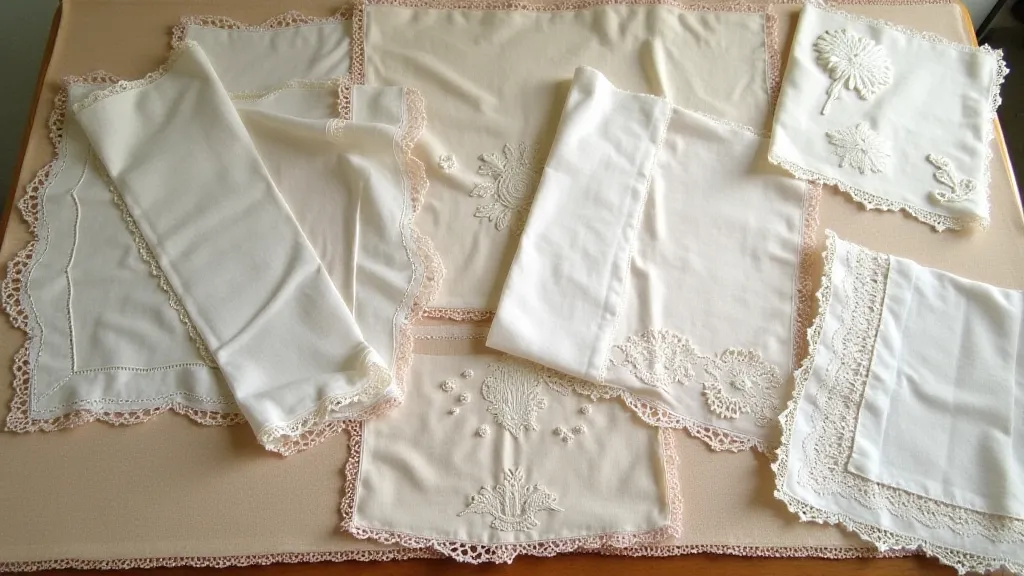
Monograms & Personalization
Monograms were a vital aspect of handkerchiefs during this era. A person's name or initials were often embroidered on the corner. These served as identifiers and marked ownership. The style of the monogram reflected current font trends – formal, elaborate scripts were popular. For those interested in discerning the intricacies of these personalized touches, a collector's guide to antique handkerchief monograms offers a deep dive into their styles and significance. The personalized nature of monograms elevated the handkerchief from a simple accessory to a cherished possession.
Identifying Hallmarks
While dating antique handkerchiefs precisely can be challenging, careful observation of fabric, embroidery style, and edge finishing can provide valuable clues. Examining various hallmarks and details can unlock the story behind these delicate treasures.
- Labels: Occasionally, handkerchiefs bear labels indicating the manufacturer or brand. These are highly desirable for identification. The presence of a label can provide valuable information about the handkerchief's origin and value.
- Damage & Wear: The type and extent of wear can offer insight into how the handkerchief was used and cared for, and its age. Careful examination of wear patterns can reveal clues about the handkerchief’s history.
- Comparison: Comparing an unknown handkerchief to known examples from specific periods can assist in identification. This method relies on the principle of pattern recognition and comparison.
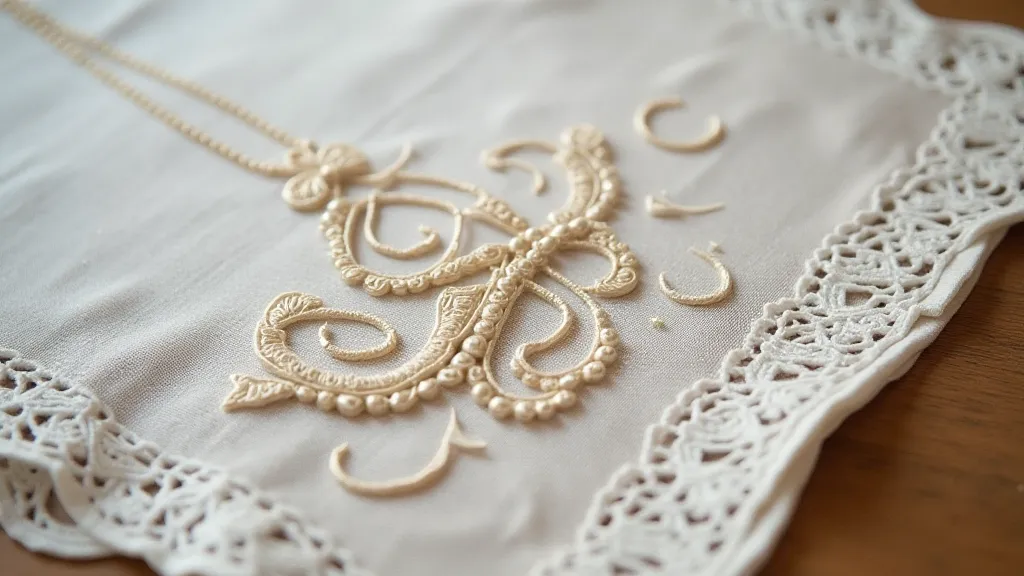
The evolution of textile production during this period significantly influenced handkerchief design. Mechanization brought about not only increased availability of fabrics but also a greater variety of colors and patterns. Cotton, once the dominant material, gradually gave way to more luxurious options like linen and silk, reflecting the rising consumerism and disposable income of the era.
The shift in aesthetics mirrored broader cultural changes. The romanticism of the early 1890s, with its emphasis on detailed floral motifs and elaborate monograms, gradually gave way to the more stylized and Art Nouveau influences of the Edwardian era. This transformation can be observed in the changing embroidery styles, the emergence of new motifs, and the evolving color palettes. The move towards modernity and simplification is evident in the increasingly streamlined designs.
Beyond the fabrics and designs, the very act of owning and displaying handkerchiefs became a symbol of social status. Elaborately embroidered handkerchiefs, often gifted on special occasions, served as tangible expressions of affection and respect. The personalized touch of a monogram further cemented the handkerchief's place as a cherished heirloom, passed down through generations.
The period spanning the late 1800s and early 1900s was one of immense change and progress. From the advancements in textile production to the evolving artistic styles, handkerchiefs serve as fascinating artifacts that reflect the spirit of the time. A closer look at these designs provides a window into the values and priorities of the era.
Consider the impact of World War I, a period that profoundly affected global aesthetics. Patriotic themes dominated handkerchief designs, with flags, military emblems, and heartfelt messages often incorporated. The collective experience of wartime deeply influenced artistic expression, and handkerchiefs served as a poignant way to convey support and solidarity.
For those looking to delve deeper into earlier styles and design influences, examining handkerchiefs from previous decades can offer valuable context. Understanding the progression of styles helps to appreciate the innovations and changes that occurred during this period. If you are curious about how styles shifted before the late 1800s, further research can provide a broader historical perspective.
In conclusion, antique handkerchiefs are much more than mere accessories; they are tangible links to the past, offering glimpses into the social, economic, and artistic landscape of a bygone era. Studying these intricate details provides a unique perspective on the values and priorities of the late 19th and early 20th centuries. Further exploration of earlier styles and the evolution of textile production can enhance one's appreciation for the craftsmanship and artistry evident in these delicate treasures. Exploring styles predating the period allows you to better understand the evolution of design.
If you're interested in understanding the broader design movements that influenced these handkerchiefs, research into Art Nouveau and Edwardian design aesthetics will prove insightful. Examining earlier periods is also incredibly helpful.
